Animals Photography: Wildlife, Mammals, Birds, Insects, etc.
Updated on
Animal photography captures the beauty and essence of the natural world, showcasing creatures in their habitats and highlighting their unique characteristics. This genre not only offers a glimpse into the lives of animals but also fosters a deeper understanding of the environment we share with them. From the majestic roar of a lion to the delicate flutter of a butterfly, animal photography encompasses a vast array of subjects, including wildlife, pets, and even insects. In this article, we will explore techniques for photographing animals effectively and highlight some of the best animal photos of 2024 across various categories.
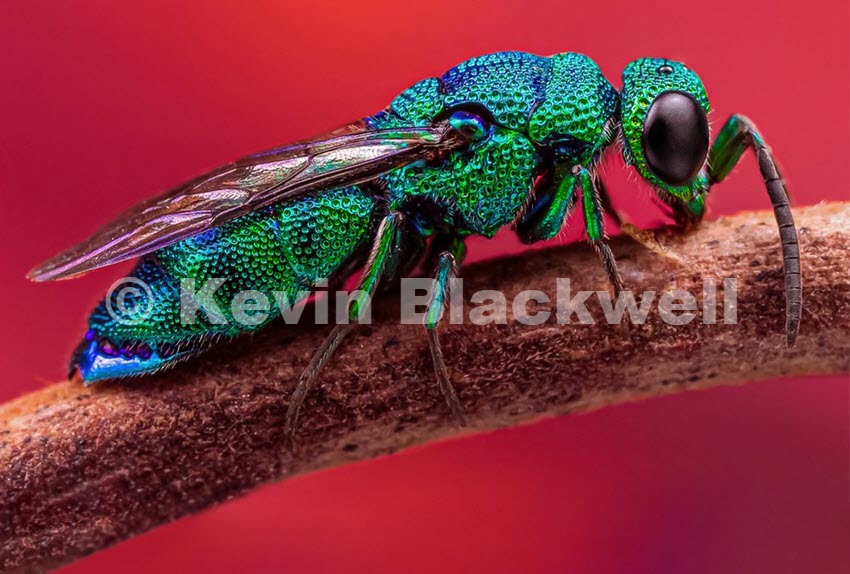
Denoise, Deblur, Upscale & Enhance Animal Photos with Aiarty
If you want to sell animal photo prints, create coffee table books, or work with magazines, conservation organizations, or research institutions, you need to make sure that your animal photography is in high quality. Level up your photography skills or use a post-processing AI image enhancer to upscale your animal photos.
Aiarty Image Enhancer is such a tool that can remove noise caused by high ISO settings, night photography, or long exposure/underexposure; eliminate motion blur; increase image resolution;and enhance details to make your photos clearer and sharper.
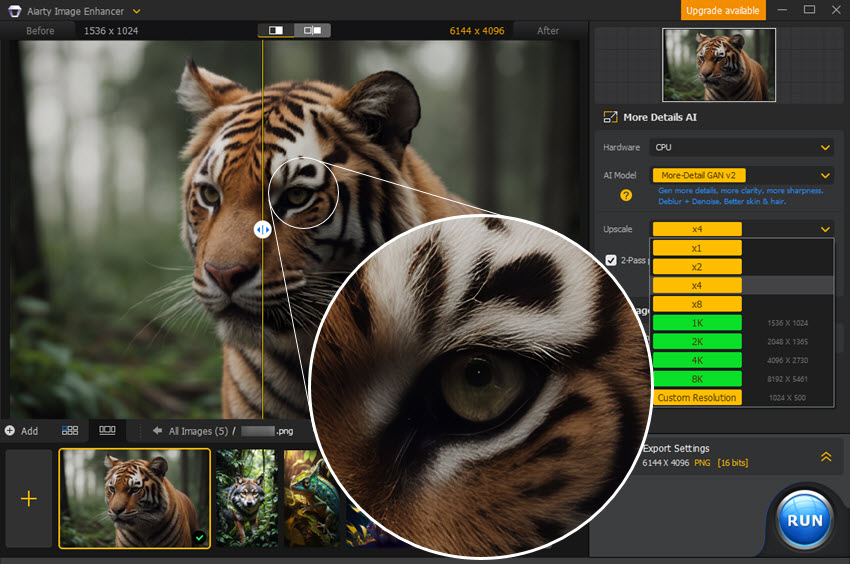
How to Photograph Animals With Best Quality?
Animal photography is a captivating art form that allows us to explore and document the lives of creatures both familiar and exotic. Whether you’re aiming to capture the majestic stride of a wild horse or the delicate wings of a butterfly, the principles of photographing animals can significantly enhance your images. Here, we’ll delve into effective techniques, essential equipment, and important ethical considerations for capturing stunning animal photographs.
Understanding Your Subject
Before you even pick up your camera, it’s crucial to understand the animal you want to photograph. Each species has its own behavior, habitat, and unique characteristics. Here are a few tips on how to prepare:
- Research the animal: Study your subject's habits, behaviors, and habitats. Knowing when they are most active or where they prefer to roam can lead you to the right location at the right time.
- Observe from a distance: Spend time watching the animal in its environment. This not only helps you get a feel for its behavior but also helps you avoid scaring it off when you do start taking photos.
- Learn the sounds: Some animals respond to specific sounds. Knowing how to mimic or attract them with calls can help you get the shot you want.
Choosing the Right Equipment
The right gear can make a significant difference in your animal photography. Here are some essential items to consider:
Camera:
DSLR or mirrorless camera is ideal for capturing high-quality images. These cameras allow you to change lenses and settings based on your needs.
Lenses:
- Telephoto Lens: A lens with a longer focal length (200mm or more) is essential for wildlife photography, allowing you to capture animals from a safe distance.
- Macro Lens: For close-up shots of insects or small creatures, a macro lens lets you get incredibly detailed images.
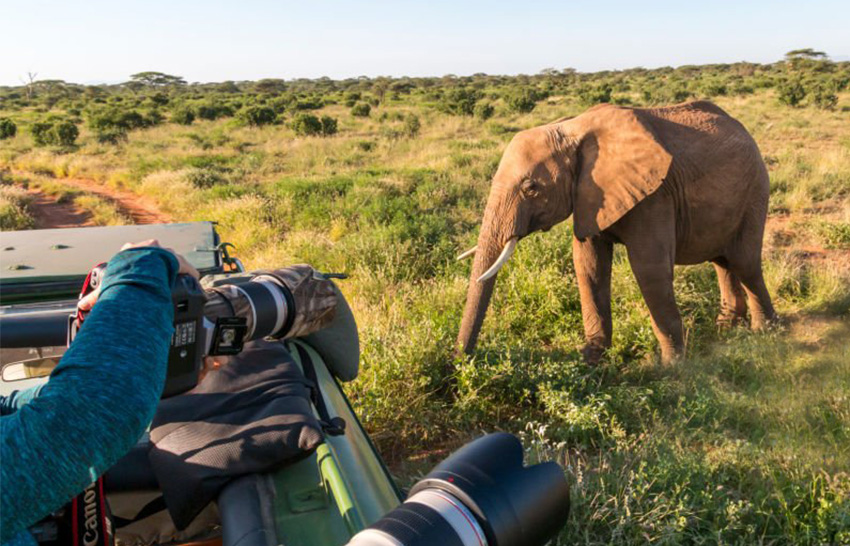
Tripod or Monopod:
These tools stabilize your camera, especially important for telephoto lenses to prevent blurring from camera shake.
Memory Cards and Batteries:
Always have extra memory cards and batteries on hand. Wildlife photography often involves long hours waiting for the perfect shot.
Weather Protection:
Depending on the environment, consider using weatherproof camera covers or protective bags to shield your gear from rain or dust.
Techniques for Capturing Animals
Patience and Timing
Patience is perhaps the most vital attribute in animal photography. Animals often have their own schedules, and waiting quietly can pay off. Here are some tips:
- Golden hours: Shoot during the early morning or late afternoon when the light is soft and warm. This enhances the colors and textures of your subject.
- Continuous shooting mode: Use this feature to capture a series of shots. This is particularly useful for fast-moving animals.
Composition
Good composition is essential for creating compelling animal photographs. Here are some techniques to consider:
- Rule of thirds: Imagine your frame divided into thirds, both horizontally and vertically. Place the animal along these lines or at the intersections for a more dynamic composition.
- Leading lines: Use natural lines in the environment (like pathways or rivers) to lead the viewer’s eye toward the animal.
- Framing: Use elements in the environment (like branches or rocks) to frame the animal, drawing attention to it.
Focus on the Eyes
The eyes are often the focal point of animal photographs. Here’s how to make them stand out:
- Eye-level perspective: Whenever possible, shoot from the animal’s eye level. This creates a more intimate connection between the viewer and the subject.
- Focus settings: Use single-point autofocus to ensure the eyes are sharp and in focus. If the animal moves, you can quickly adjust your focus without losing the shot.
Capture Movement
To capture animals in action, follow these tips:
- Fast shutter speed: Use a fast shutter speed (1/1000 sec or faster) to freeze motion, particularly for fast-moving animals like birds or running mammals.
- Panning: For subjects that move quickly, try panning your camera along with the animal's movement. This keeps the subject sharp while creating a motion blur in the background, emphasizing speed.
Use Different Shutter Speed
The best shutter speed for animal photography varies depending on the type of animal, its movement, and the desired effect. Here’s a breakdown of ideal shutter speeds for different animal photography scenarios:
- Wildlife in motion (birds in flight, running mammals): 1/1000s – 1/2000s. Fast-moving animals require a high shutter speed to freeze their movement without blurring. Birds in flight, for instance, need at least 1/1000s to capture wing detail, while faster subjects, like cheetahs in action, may require up to 1/2000s. It is suggested to use continuous autofocus mode (AI Servo on Canon or AF-C on Nikon/Sony) to keep the subject sharp as it moves.
- Slower wildlife (grazing animals, slowly moving mammals): 1/500s – 1/800s. For animals moving at a moderate pace, such as grazing deer or walking elephants, shutter speeds around 1/500s provide enough clarity while capturing some natural movement. This speed can create a balanced look without a static "frozen" appearance, showing slight movement in tails or limbs.
- Close-ups of stationary animals: 1/100s – 1/250s. For close-up shots of still or slow-moving animals, such as resting mammals or perched birds, a lower shutter speed around 1/100s allows for more light while maintaining sharpness. To avoid any shake from handheld shots, use image stabilization and ensure a steady hand or tripod.
- Creative motion blur (running herds, animals in water): 1/30s – 1/60s. When capturing dynamic scenes, such as running herds or animals in water, a slower shutter speed can create motion blur, conveying movement and energy. Pan with the animal's movement to keep the subject sharp against a blurred background, enhancing the feeling of motion.
- Low light conditions: adaptable shutter speeds with high ISO. In low-light scenarios, such as early morning or evening, a shutter speed of around 1/250s to 1/500s can be maintained by increasing the ISO. This allows for clearer shots without sacrificing sharpness. Use a higher ISO with noise reduction if necessary, or consider using a fast lens (with a wide aperture like f/2.8) to gather more light.
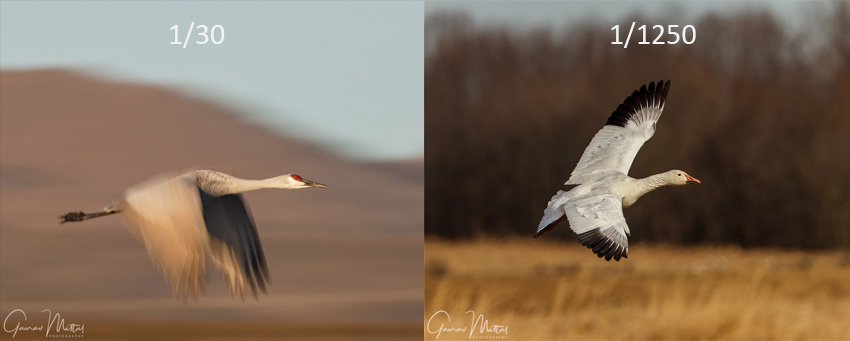
Choose the Best Aperture
The best aperture for animal photography depends on several factors, including lighting, desired depth of field, and how much of the animal and background you want in focus. Here’s a guide to help you choose the best aperture settings for various animal photography scenarios:
- Isolated portraits (f/2.8 – f/4): A wider aperture, like f/2.8 to f/4, creates a shallow depth of field, which isolates the animal from the background. This is ideal for close-up portraits of animals where you want to highlight the face, eyes, or specific details like fur patterns.
- Full-body shots with some background detail (f/5.6 – f/8): Using a slightly narrower aperture, like f/5.6 to f/8, gives a balanced depth of field that keeps the entire animal in focus while still creating some background blur. This is great for full-body shots where you want the animal sharp and some background detail without too much distraction.
- Group shots or animals in habitat (f/8 – f/11): When photographing multiple animals, or an animal within a detailed environment, a narrower aperture (like f/8 to f/11) ensures that more of the scene is in focus. This aperture works well for capturing animals in groups or when showing them within their natural surroundings.
- Birds in flight (f/5.6 – f/8): For birds in flight, f/5.6 to f/8 strikes a good balance between depth of field and letting in enough light, which is essential when using a fast shutter speed. This range ensures the bird is sharp across its wings and body while softening the background.
- Low-light situations (wider apertures f/2.8 – f/4): In low light, such as early morning or dusk, a wider aperture (f/2.8 to f/4) allows more light into the lens, making it easier to capture sharp, well-lit images without needing extremely high ISO or slower shutter speeds.
- Action shots with background separation (f/4 – f/5.6): For fast-moving animals where background separation is essential, f/4 to f/5.6 works well. This aperture range allows enough depth to keep the animal’s whole body in focus while softening the background, giving a clean look.
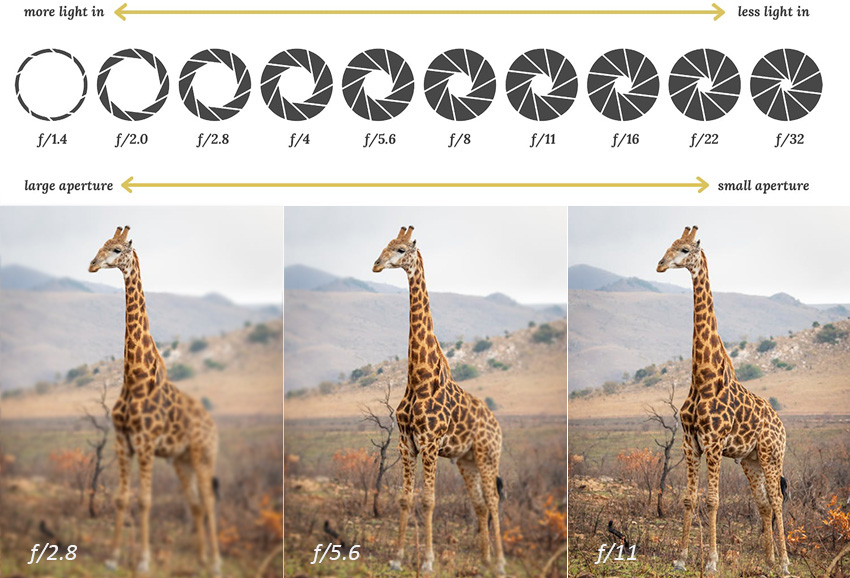
Choose the Best ISO Settings
Choosing the best ISO for animal photography depends on lighting conditions, the type of animal, and your desired image quality. ISO affects your camera’s sensitivity to light, but higher ISO settings can introduce noise, which can reduce image clarity. Here’s a guide to selecting the optimal ISO for different animal photography scenarios:
- Bright daylight (ISO 100 – ISO 400): In bright sunlight, a low ISO (100 to 400) provides the best image quality with minimal noise, especially when you have ample light to use faster shutter speeds. In direct sunlight, ISO 100 is ideal, while ISO 200–400 might work better on cloudy days to slightly brighten shadows.
- Early morning or late afternoon (ISO 400 – ISO 800): During the golden hours, when light is softer but still natural, ISO 400 to 800 is suitable. These settings increase sensitivity slightly without introducing much noise, allowing faster shutter speeds to capture animals that may be moving. When photographing active animals during these hours, combine this ISO range with a moderate aperture (around f/4–f/5.6) to maintain sharpness and brightness.
- Shady areas or dense forests (ISO 800 – ISO 1600): In shaded locations or forests, where light is limited, ISO 800 to 1600 can brighten the scene without adding significant noise. These settings are ideal for shooting in dappled light or shadowed environments. Use noise reduction software in post-processing if necessary, or shoot in RAW format for better control over noise reduction in editing.
- Overcast or low-light conditions (ISO 1600 – ISO 3200): When shooting under overcast skies or in low-light situations like dawn or dusk, ISO 1600 to 3200 helps to capture enough light without reducing shutter speed too much. This range is especially useful for capturing animals in action during dim light. For better quality in low-light, prioritize a wide aperture (like f/2.8) and check if your camera handles higher ISOs well to avoid excessive grain.
- Nighttime or extreme low light (ISO 3200 and above): For photographing animals at night or in extremely low light, ISO 3200 and above may be necessary, though it can introduce noticeable noise, depending on your camera. This is useful for nocturnal wildlife photography where visibility is low. Use this setting with caution as it brings brighter but noisier images. Combining a fast lens and noise reduction software can help. Consider shooting in RAW to preserve as much detail as possible for editing.

Ethical Considerations
Respect for wildlife is paramount in animal photography. Here are key ethical practices:
- Maintain distance: Use a telephoto lens to photograph animals from a safe distance. Getting too close can stress them and disrupt their natural behavior.
- Follow local guidelines: Always adhere to regulations in wildlife areas or national parks. Many places have rules designed to protect both animals and photographers.
- Leave no trace: Be mindful of your environment. Avoid damaging habitats and always leave the area as you found it.
Post-Processing Your Photos
Once you’ve captured your images, the next step is editing. Here are some basic tips for post-processing:
- Crop for composition: Adjust framing and composition during editing to enhance your image.
- Adjust exposure and color: Use editing software to tweak brightness, contrast, and colors. Enhance the vibrancy of the subject while keeping natural tones.
- Remove blur & noise: There are blurry photos when capturing animals in action and noisy photos when capturing animals at night. You can use Aiarty Image Enhancer to deblur photos and denoise images easily.
- Upscale & enhance details: Apply sharpening to bring out the fine details in your animal photos, especially the eyes and fur. Also, Aiarty Image Enhancer can help enhance details.

Animal photography is a rewarding pursuit that combines technical skills with a deep appreciation for nature. By understanding your subject, using the right equipment, and practicing effective techniques, you can capture stunning images that tell the stories of the animals you encounter. Always remember to approach wildlife with respect and care, ensuring that your photography contributes positively to the understanding and appreciation of the natural world. With patience and practice, you can create powerful images that resonate with viewers and inspire a love for animals.
Best Animal Photos of World Nature Photography Awards 2024
Now, let’s explore some of the best animal photos from various categories captured in 2024. Here, we select some award-winning photos of World Nature Photography Awards 2024 as showcases.
Birds
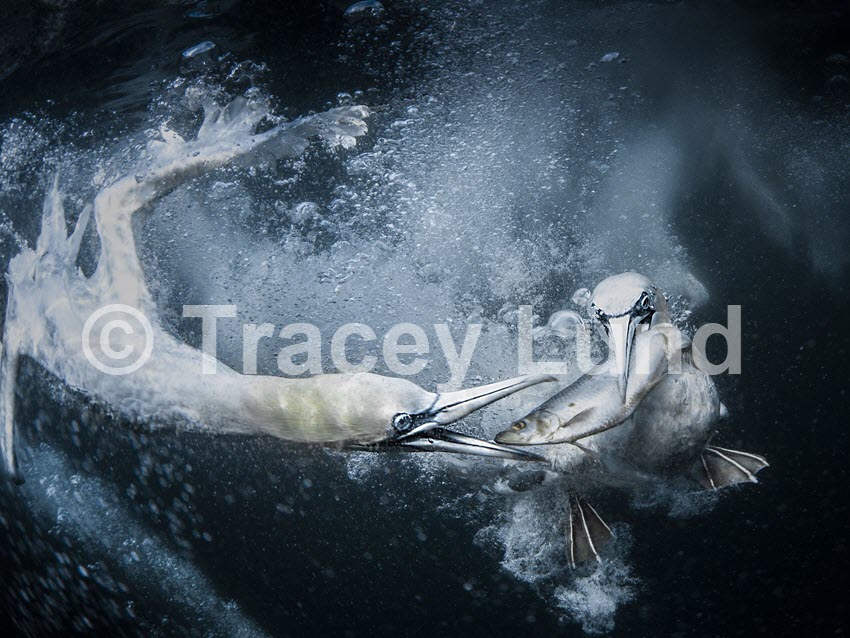
Animal portraits
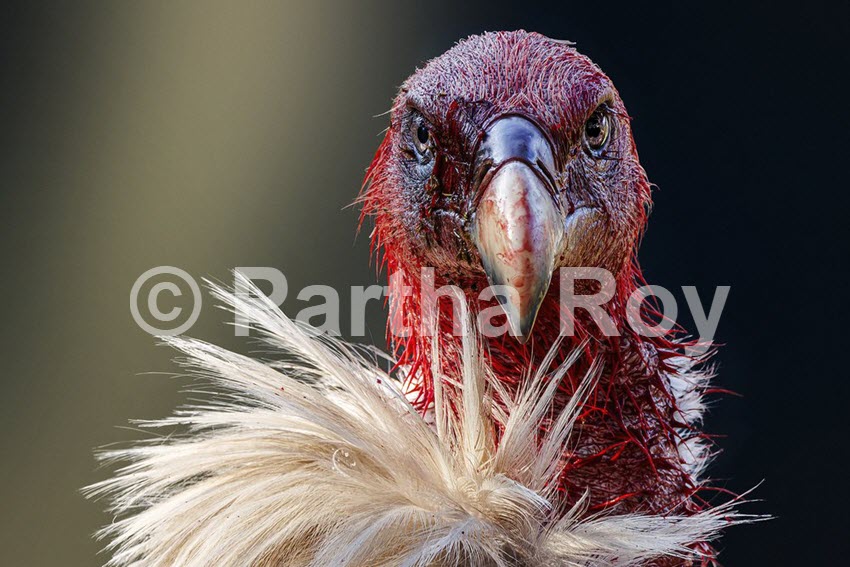
Mammals
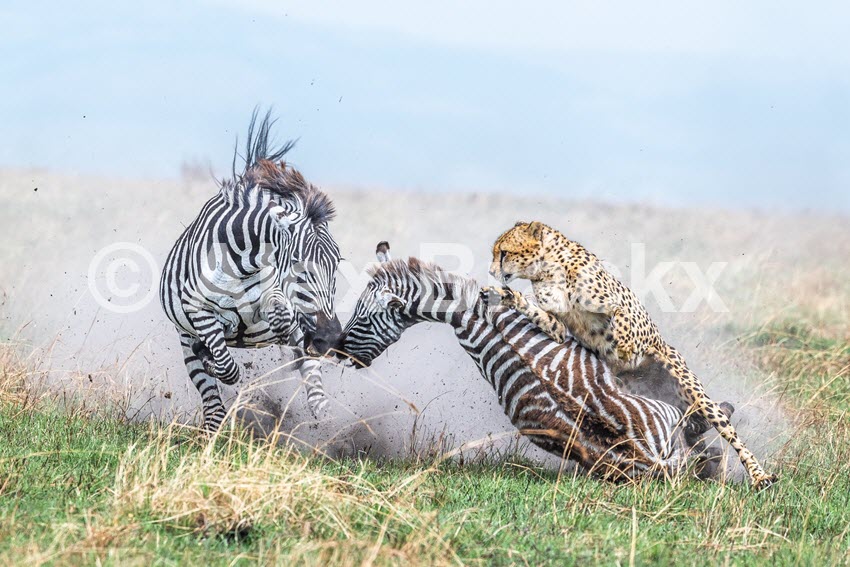
Amphibians and reptiles
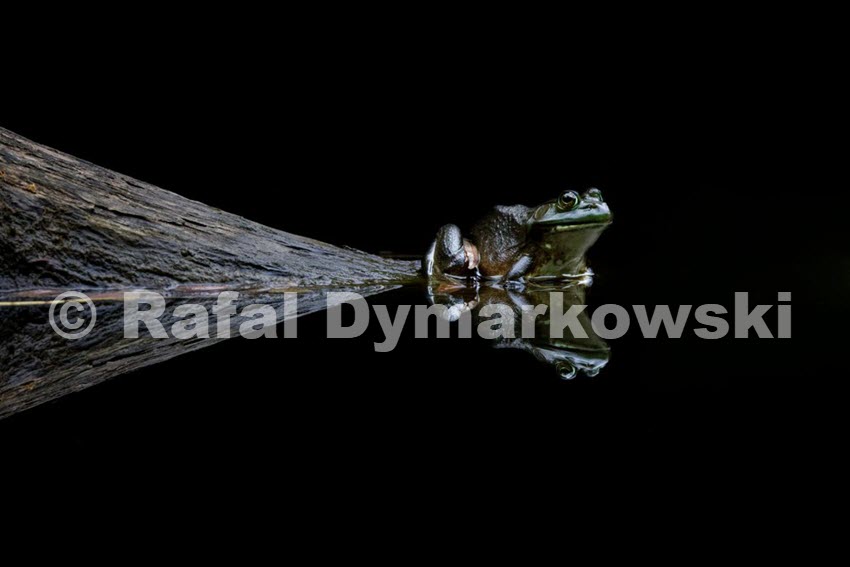
Invertebrates

Underwater

Black and white

Animals in their habitat

 FAQs
FAQs
Animal photography, often referred to as wildlife photography when focused on wild animals, encompasses all photography of animals, including pets, farm animals, and exotic species. Wildlife photography captures animals in their natural habitats, documenting their behavior and interactions with the environment. Other terms related to animal photography include pet photography, macro photography (for insects), and nature photography (which often includes flora and fauna).
The best ISO setting for wildlife photography depends on lighting conditions and your specific camera’s low-light capabilities. As a general rule:
- ISO 400–800: Ideal for daylight or well-lit settings, maintaining image quality without introducing much noise.
- ISO 800–1600: Used during early morning or late afternoon (golden hours) when light is lower.
- ISO 1600 and above: For low-light conditions, such as dusk, dawn, or dense forest environments. However, higher ISO settings can introduce noise, so balancing ISO with shutter speed and aperture is key. Modern cameras with good noise control allow wildlife photographers to push ISO settings higher while retaining image quality.
The income from animal photography varies widely and depends on several factors, such as the photographer’s experience, niche, and client base. Wildlife photographers may sell their work to magazines, newspapers, online platforms, or stock photo websites, though competition can be high. Those specializing in pet or commercial animal photography can earn more consistently by offering private sessions for pet owners, working with animal-related businesses, or partnering with conservation organizations. Experienced wildlife photographers who build strong portfolios and client networks may earn higher incomes through commissions, workshops, or selling prints, but entering this field is often a long-term commitment.
Starting a career in wildlife photography involves dedication, practice, and patience. Here’s a roadmap to get you started:
- Develop Photography Skills: Learn the basics of camera settings, composition, and animal behavior.
- Invest in Gear: Start with a good DSLR or mirrorless camera and a telephoto lens. As you progress, consider adding specialized lenses and accessories.
- Study Wildlife Behavior: Understanding animal behavior is crucial for timing shots and respecting animal welfare.
- Build a Portfolio: Begin by photographing local wildlife or animals in nearby parks to build a portfolio of diverse images.
- Network with Professionals: Attend wildlife photography workshops, join photography groups, or connect with wildlife photographers online.
- Start Small: Submit photos to local publications or nature websites, and consider selling images on stock photography sites. Wildlife photography is competitive, and success often requires years of practice, a unique style, and a genuine passion for animals and conservation.